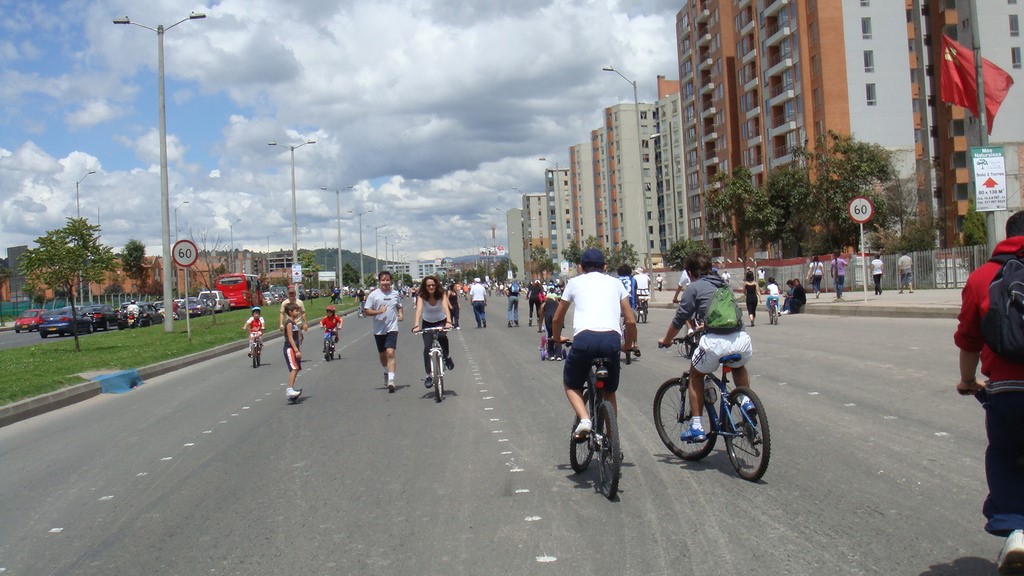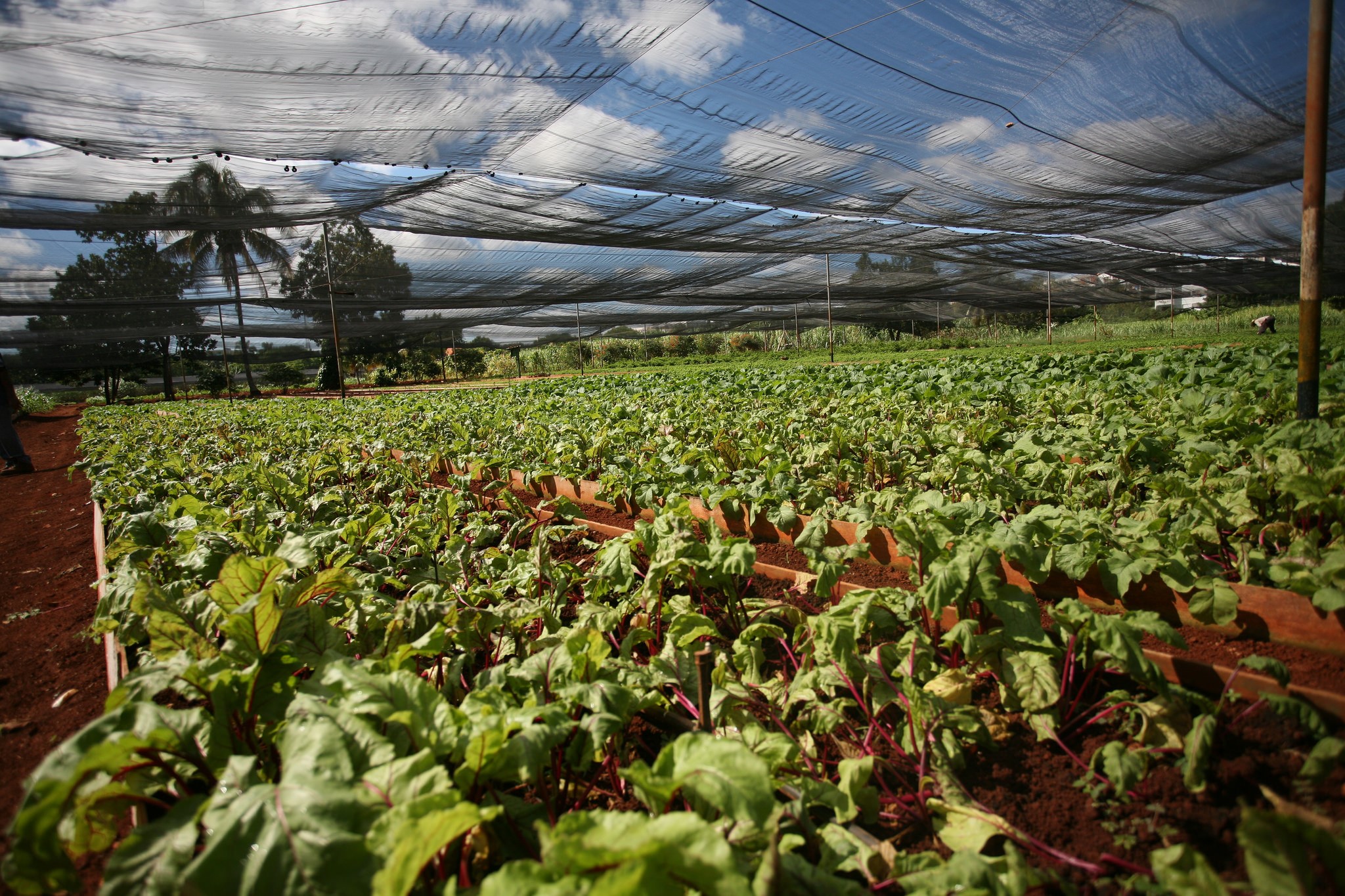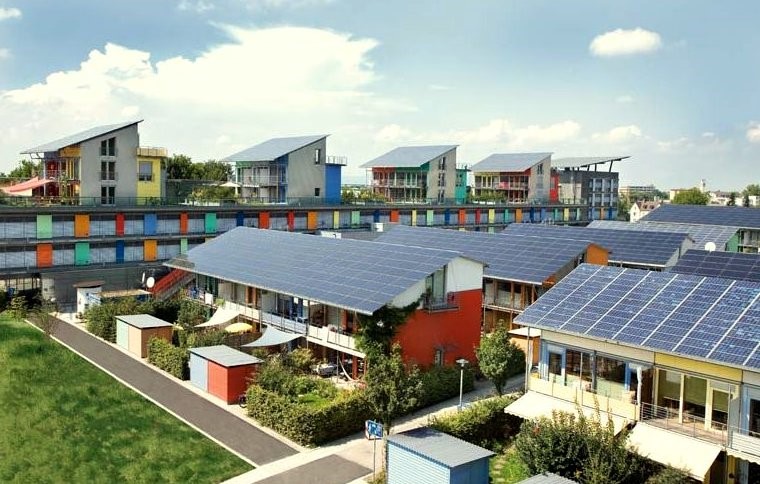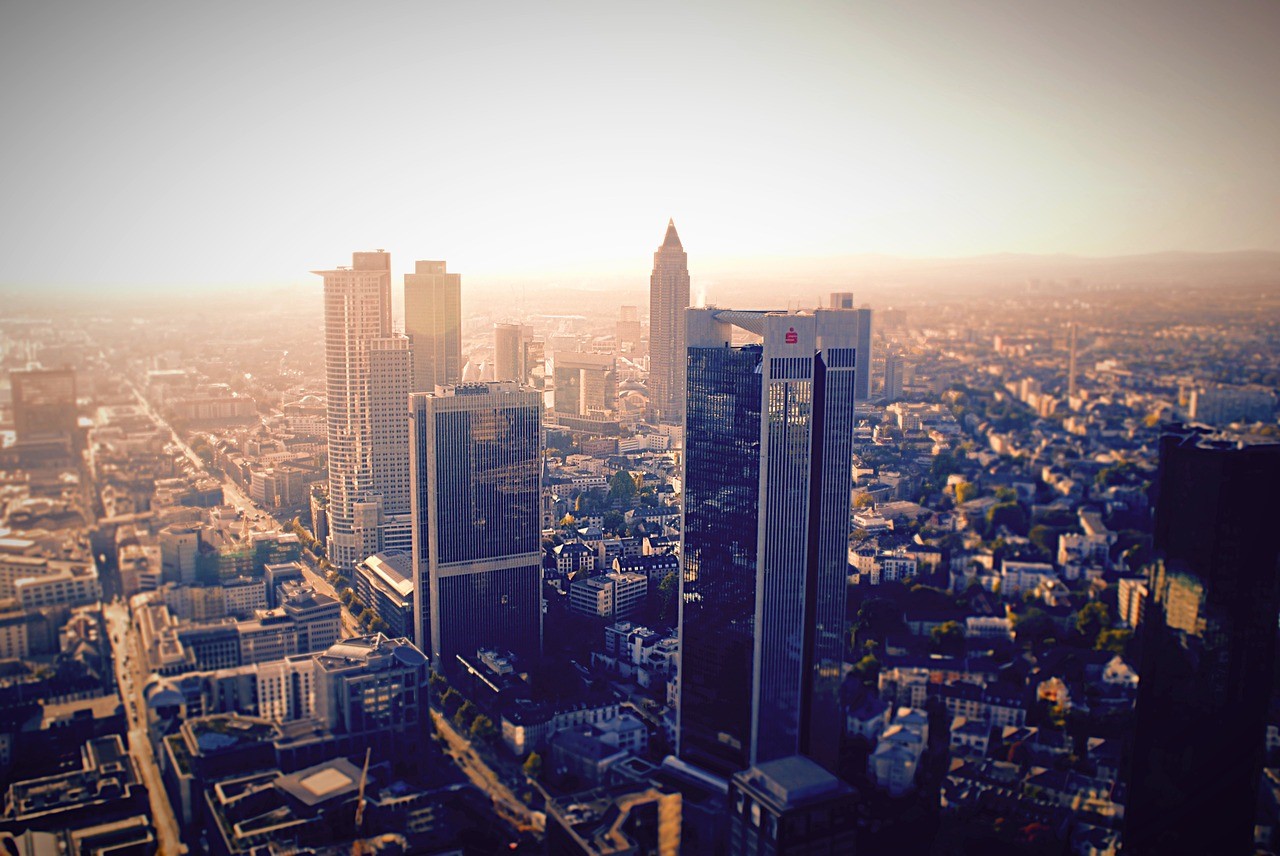For many of us, being sustainable means composting, recycling, or wearing our clothes for more than one season. And that may be true.
But on a global level, it means something else entirely.
Dr. Chris Ling, director of the School of Environment and Sustainability at Royal Roads University tackles these tough topics every day in his classroom in Victoria, B.C. He says labelling a city “sustainable” is about more than encouraging green initiatives or installing efficient transit.
“There are no easily identifiable things that we can isolate and call sustainable as everything is linked,” he explained. “So for a city, you can’t really consider it in isolation.”
When evaluating a city, social, environmental, and economic factors must all be taken into account. Some call this ‘People, Planet, and Profit’.
Since these elements rely on and support each other, you need all three to develop a thriving, sustainable city, particularly over the long term.
With Ling’s help, we’ve outlined 10 cities that (while not perfect) have emerged to become some of the most sustainable in the world.
1. Bogotá, Columbia

Photo: Saúl Ortega
The development of rapid transit systems, bike lanes, and pedestrian-friendly roads has put Bogotá on the map as a sustainable city. In seven years, the city has built 340km of bike lanes which stretch from the suburbs to the downtown core. While there’s no metro, there’s an affordable and rapid bus system called the TransMilenio. One of the city’s most unique initiatives is its car-free Sundays — aka Ciclovia — when public streets are transformed into a large open park with free family activities.
2. Vancouver, Canada
Often dubbed Canada’s greenest city, Vancouver is attempting to become the world’s greenest city by 2020. While it has a lot of catching up to do, it’s implementing “green” approaches to transport, energy, buildings, technology, water, and waste systems. Just this year, it launched Mobi, a public bike share program.
3. Havana, Cuba

Image: Scott Ashkenaz
Following the end of the Cold War, Cuba found itself isolated, particularly from its former trading partners. In order to survive, the government had to develop a unique agricultural program that involved organic farming methods and guerrilla gardening initiatives. Over the years, it was able to transform its urban landscape into an incredible food system. Flying over Havana, it’s not uncommon to see guinea pigs, chickens, rabbits, and crops growing on the houses’ rooftops.
4. Zurich, Switzerland
Zurich residents have a lot to celebrate — just this year, the city topped the Arcadis Sustainable Cities Index, beating out all other cities in social, environmental, and economic sustainability. The city has long been a leader in this field: it pioneered the long-term goal of becoming a 2000-watt society by 2050, and with investments in energy efficiency, renewable energy, and sustainable mobility, it’s well on its way.
5. Curitiba, Brazil

Image: sandeepachetan.com
In 2010, Curitiba won the Global Sustainable City Award for excellence in sustainable urban development. The city’s transformation began in the late 1960s with the election of Jamie Lerner. His policies supported pedestrianization, strict controls on urban sprawl, and an efficient public transport system now used by 85% of the citizens. This, in combination with a high quality of life, access to education, expansive green space and a high GDP per capita, places it squarely on our list.
6. Växjö, Sweden
Inspired by the Rio Earth Summit in 1992, Växjö has the goal of becoming fossil-fuel-free by 2030. On route to this target, the city established a combined heat and power (CHP) plant, new solar-electric systems and wind turbines, a sewage treatment plant that produces usable biogas, and many energy-efficient buildings. It’s currently working to increase local food production and promote public transit use.
7. Freiburg, Germany

Image: naturalflow
After being bombed flat during the Second World War, Freiburg was rebuilt on enlightened, energy-saving principles. One of the city’s main features is its eco-houses, each of which can waste no more than 65kWh/m2 per year. That’s less than a quarter of the energy lost in a traditional Victorian-style house. Like many other cities on this list, the city boasts waste reduction initiatives and its residents enjoy a rich network of bike paths.
8. Vienna, Austria
Vienna is the first city to run a full fleet of electricity-powered buses in a central area, reducing carbon emissions and improving the city’s livability. The ElectriCityBusses, as they’re locally called, recharge their batteries at night or at the bus terminal of their final destination, ensuring they can run all day long. The buses are increasingly popular with Vienna residents, and other cities in Europe and South America are considering implementing similar systems.
9. Frankfurt, Germany

Frankfurt topped the 2015 Arcadis Sustainable Cities Index, and it still ranks high this year in all three areas of sustainability. Roughly half of Frankfurt’s surface area is “green”, dotted with parks, trees, recreational areas, and gardens to offset climate change. It has also pledged to reduce its carbon emissions by 10% every five years, for a total of 50% by 2030.
10. Seoul, Korea
Health and education rankings propel Seoul to the top, with programs such as the 2030 Seoul Plan. The plan is to create a “Happy City of Citizens with Communication and Consideration” by developing a strong job market, cultivating historical and cultural elements, and providing citizens with stable housing and easy transportation. The city also plans to provide free Wi-Fi to all public spaces by 2017, so you’ll be able to share your travel selfies instantly.
Sustainability is a global challenge that links us all. At Royal Roads University, you can learn more about the systemic problems we face today, and how we’re working to solve them. Who knows? By studying with the experts, you may just come up with the next big innovation adopted by cities around the world.
[ad_bb1]

